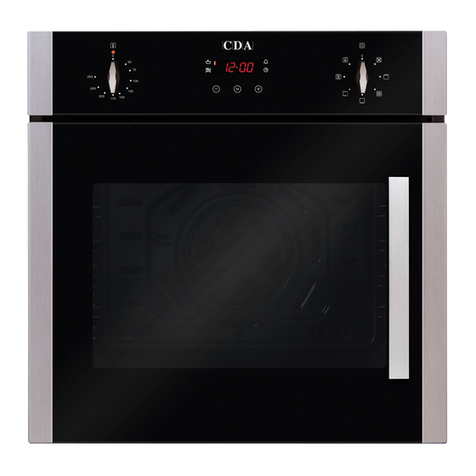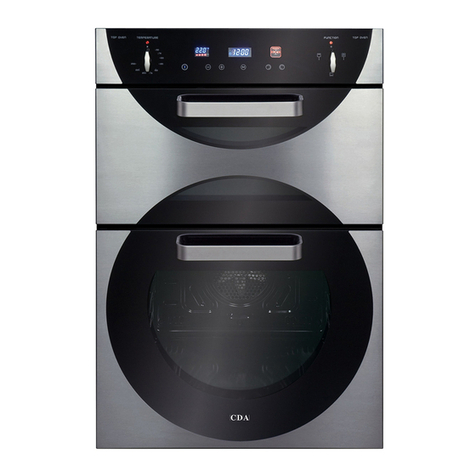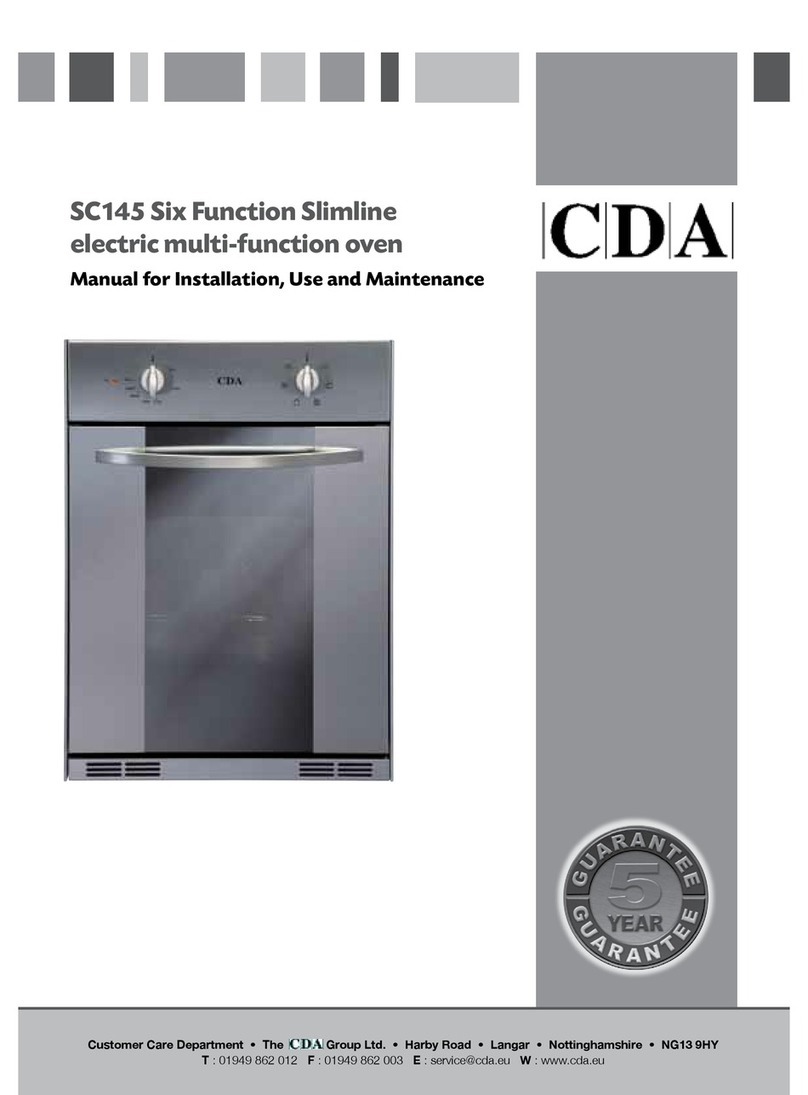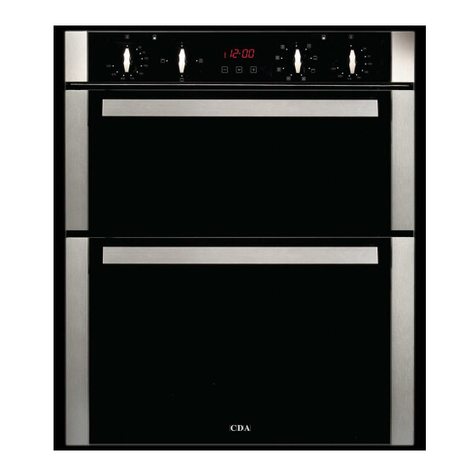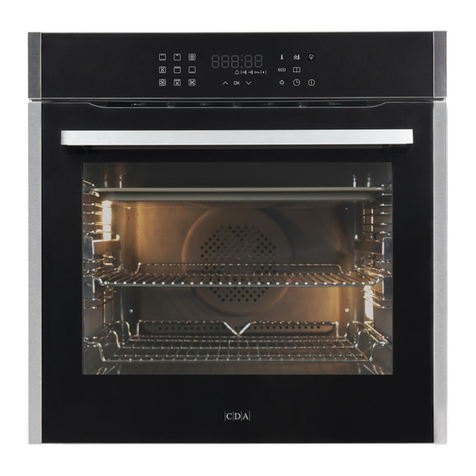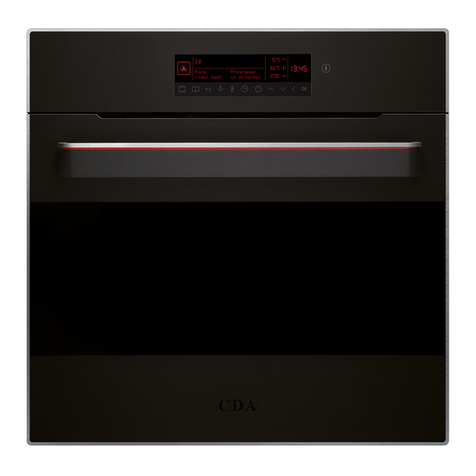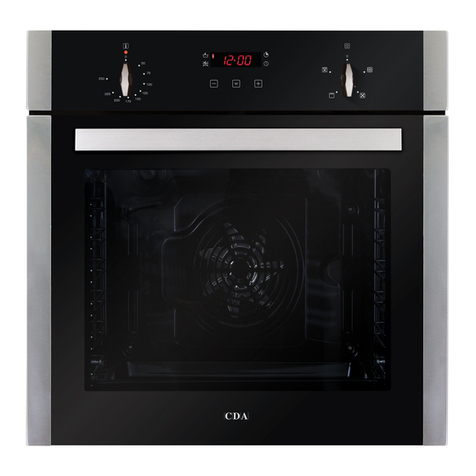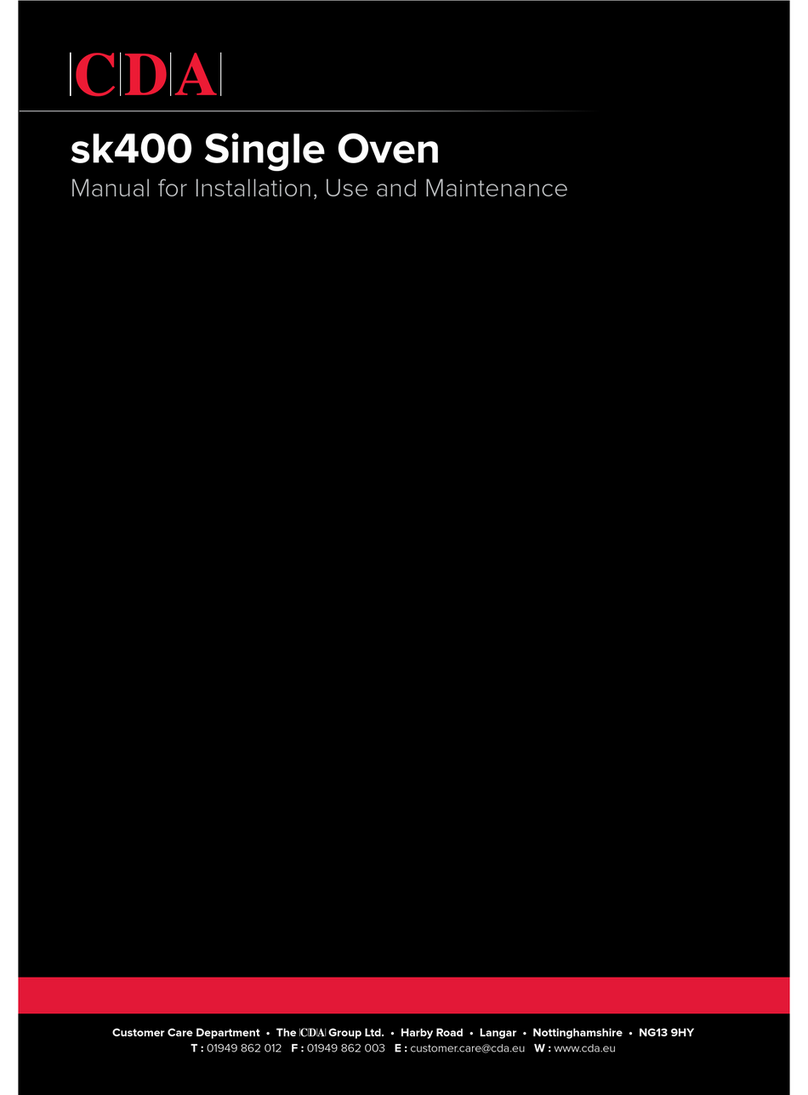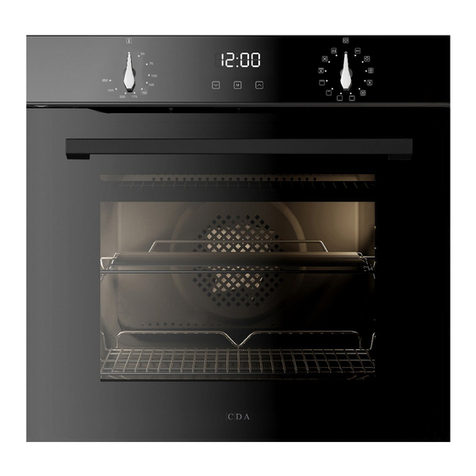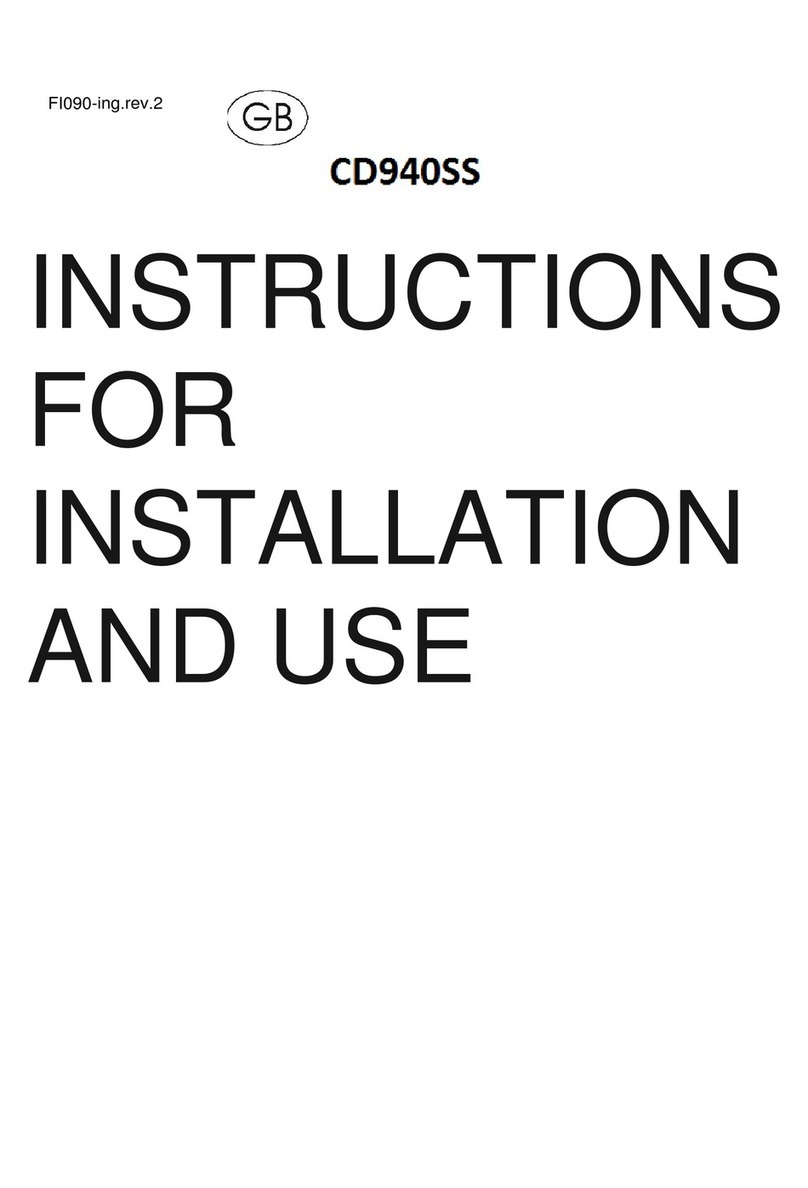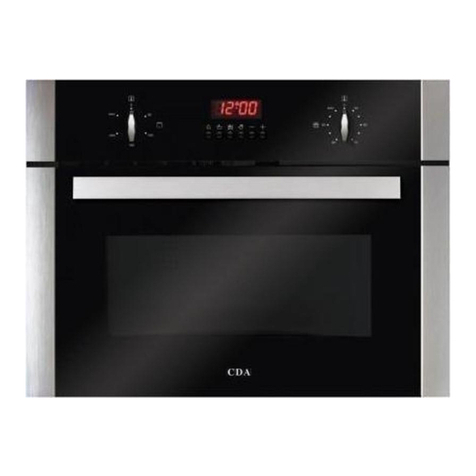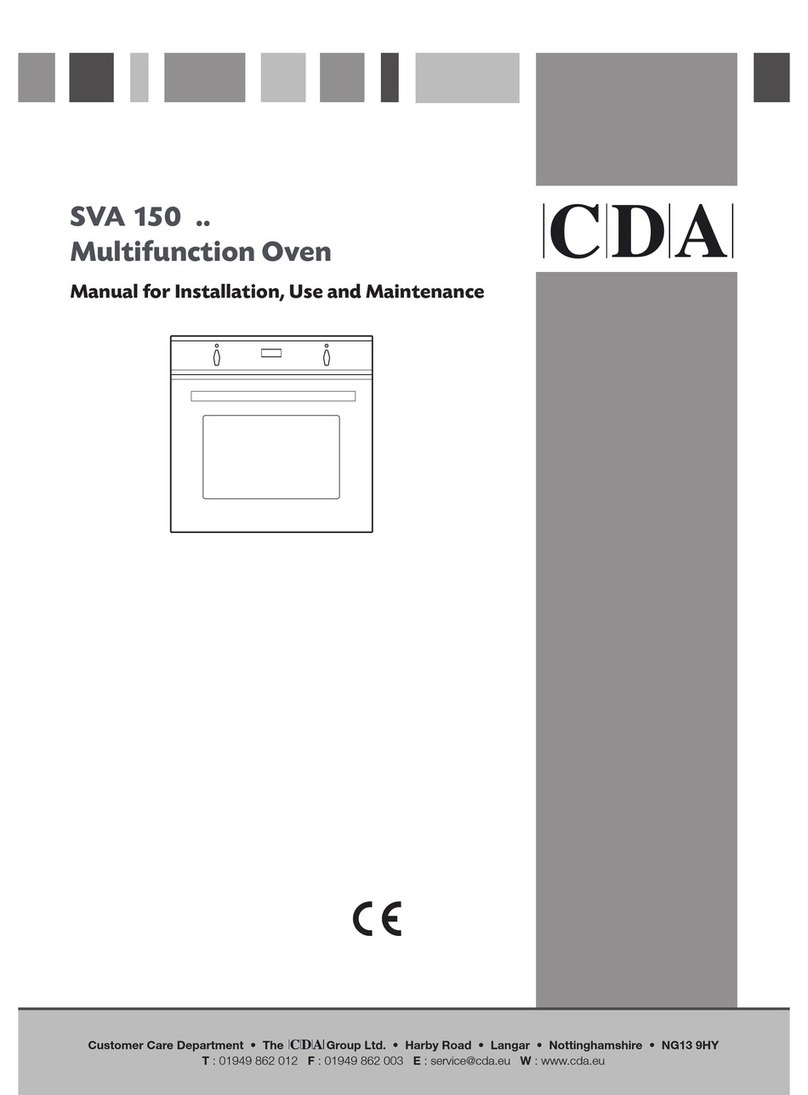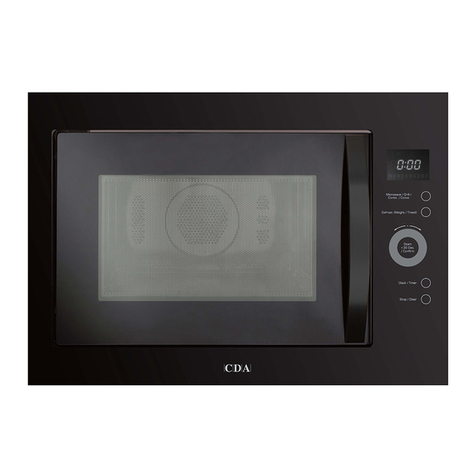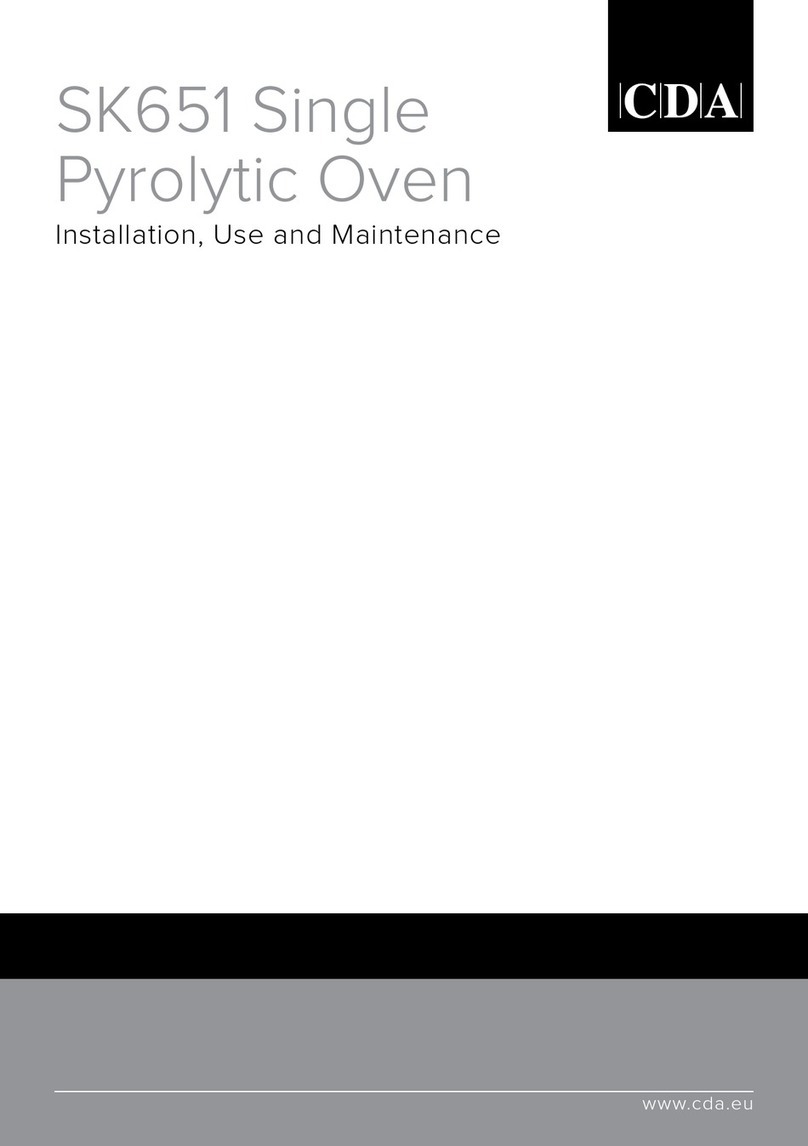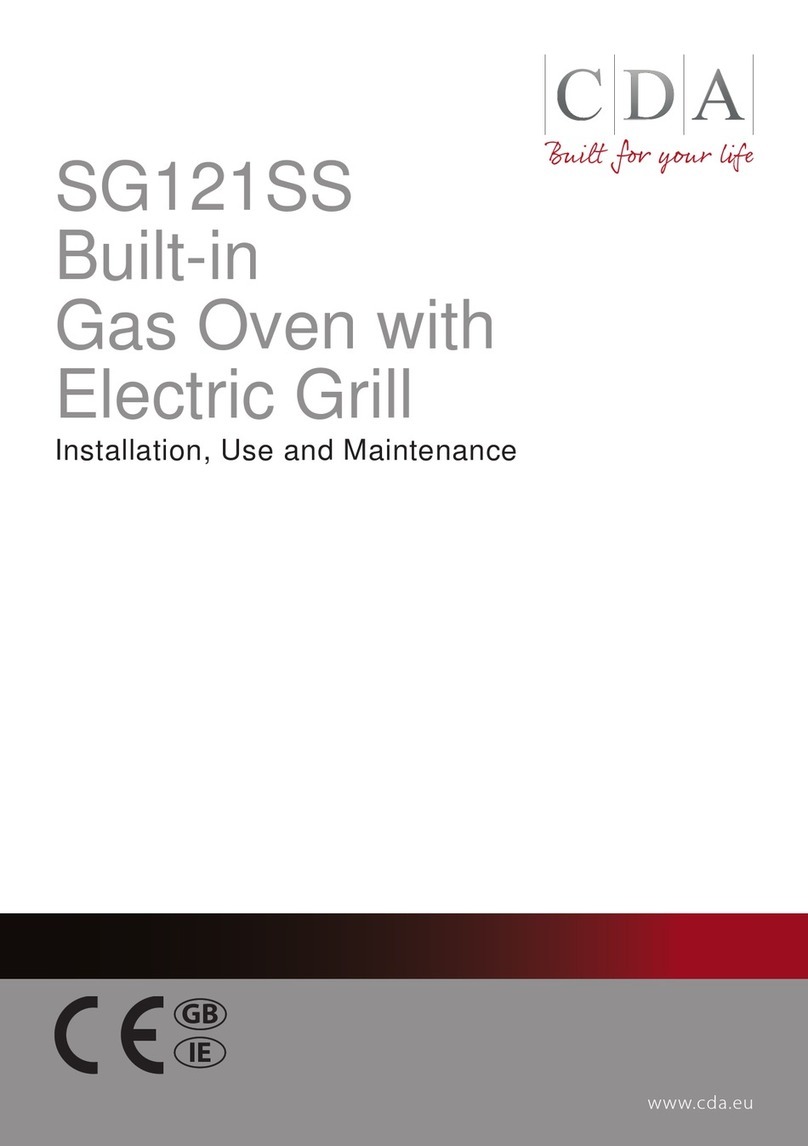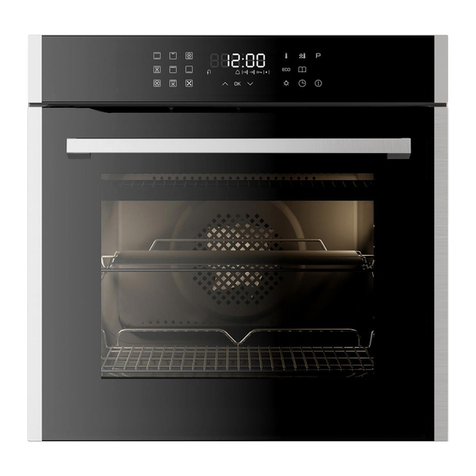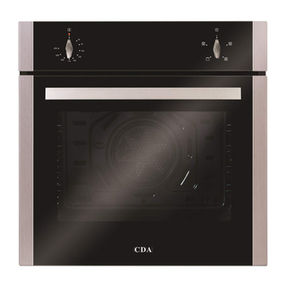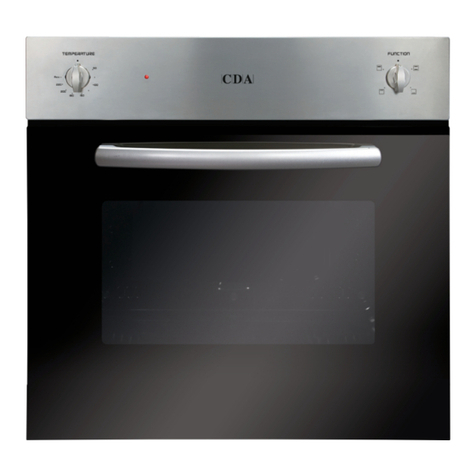
4
it be made inoperative in an appropriate manner in accordance to health
and environmental protection regulations, ensuring in particular that all
potentially hazardous parts be made harmless, especially in relation to
children who could play with unused appliances.
• The various components of the appliance are recyclable. Dispose of them
in accordance with the regulations in force in your country. If the appliance
is to be scrapped, remove the power cord.
• After use, ensure that the knobs/controls are in the o position.
• Children less than 8 years of age shall be kept away unless continuously
supervised.
• This appliance can be used by children aged from 8 years and above and
persons with reduced physical, sensory or mental capabilities or lack
of experience and knowledge if they have been given supervision or
instruction concerning use of the appliance in a safe way and understand
the hazards involved. Children shall not play with the appliance. Cleaning
and user maintenance shall not be made by children without supervision.
• The manufacturer declines all liability for injury to persons or damage to
property caused by incorrect or improper use of the appliance.
• WARNING: During use the appliance and its accessible parts become hot;
they remain hot for some time after use.
– Care should be taken to avoid touching heating elements inside the
oven.
– The door is hot, use the handle.
– To avoid burns and scalds, young children should be kept away.
• Make sure that electrical cables connecting other appliances in the
proximity of the oven cannot become entrapped in the oven door.
• WARNING: When correctly installed, your product meets all safety
requirements laid down for this type of product category. However special
care should be taken around the rear or the underneath of the appliance as
these areas are not designed or intended to be touched and may contain
sharp or rough edges, that may cause injury.
• FIRST USE OF THE OVEN - it is advised to follow these instructions:
– Furnish the interior of the oven as described in the chapter “CLEANING
AND MAINTENANCE”.
– Switch on the empty oven on max to eliminate grease from the heating
elements.
– Disconnect the appliance from the electrical power supply, let the oven
cool down and clean the interior of the oven with a cloth soaked in water
and neutral detergent; then dry carefully.
